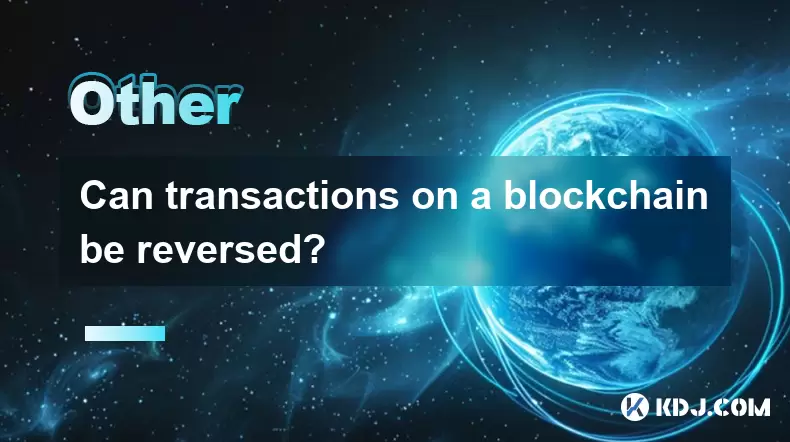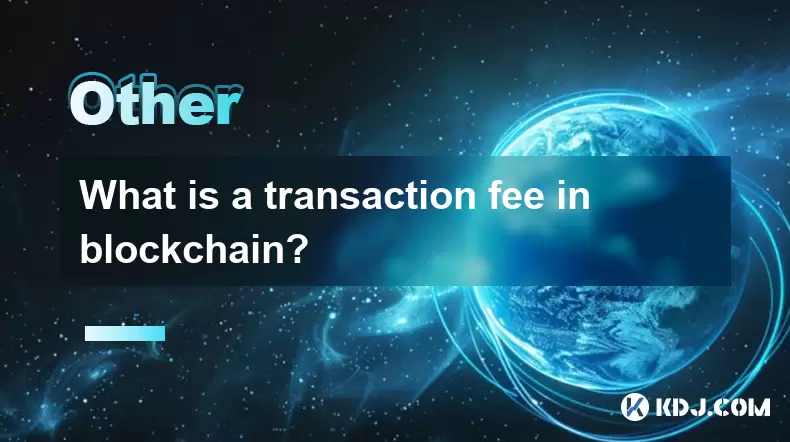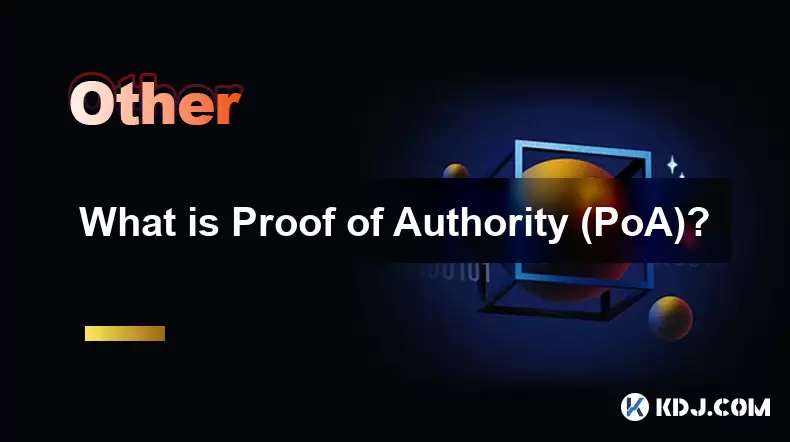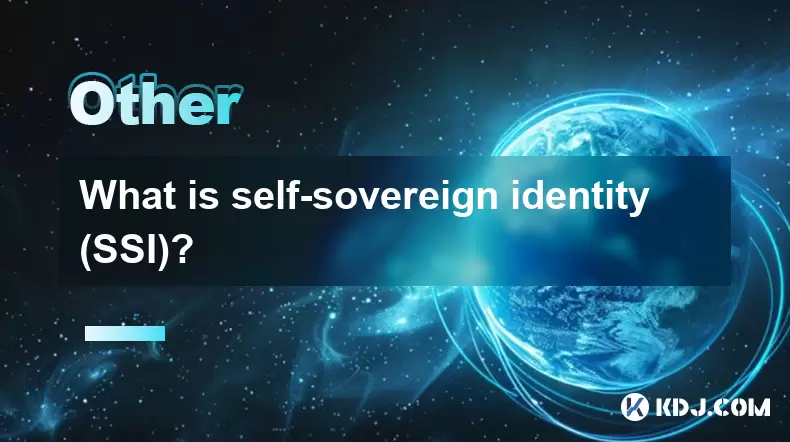-
 Bitcoin
Bitcoin $116900
0.00% -
 Ethereum
Ethereum $4280
5.48% -
 XRP
XRP $3.265
-1.45% -
 Tether USDt
Tether USDt $1.000
-0.01% -
 BNB
BNB $807.0
1.41% -
 Solana
Solana $183.1
2.93% -
 USDC
USDC $0.9999
0.00% -
 Dogecoin
Dogecoin $0.2440
6.50% -
 TRON
TRON $0.3357
-0.88% -
 Cardano
Cardano $0.8178
2.63% -
 Hyperliquid
Hyperliquid $44.13
7.45% -
 Chainlink
Chainlink $21.39
9.09% -
 Stellar
Stellar $0.4524
-0.84% -
 Sui
Sui $3.957
2.13% -
 Bitcoin Cash
Bitcoin Cash $572.7
-2.54% -
 Hedera
Hedera $0.2671
1.54% -
 Avalanche
Avalanche $24.77
4.17% -
 Ethena USDe
Ethena USDe $1.001
0.02% -
 Litecoin
Litecoin $122.3
-1.94% -
 Toncoin
Toncoin $3.432
2.26% -
 UNUS SED LEO
UNUS SED LEO $9.007
0.49% -
 Shiba Inu
Shiba Inu $0.00001396
5.26% -
 Uniswap
Uniswap $11.09
1.64% -
 Polkadot
Polkadot $4.155
4.57% -
 Dai
Dai $1.000
0.00% -
 Pepe
Pepe $0.00001253
5.11% -
 Cronos
Cronos $0.1588
2.67% -
 Bitget Token
Bitget Token $4.512
0.05% -
 Monero
Monero $275.0
0.64% -
 Ethena
Ethena $0.7527
15.10%
Can transactions on a blockchain be reversed?
Blockchain transactions are immutable by design, meaning once confirmed, they cannot be reversed—ensuring security and trust in decentralized networks.
Aug 09, 2025 at 08:35 pm

Understanding Blockchain Immutability
Blockchain technology is built on the principle of immutability, meaning that once data is recorded on the blockchain, it cannot be altered or deleted. This foundational characteristic ensures the integrity and trustworthiness of decentralized systems. Every transaction is cryptographically secured and linked to the previous block through a hash, forming a chronological chain. If someone attempts to change a transaction in a past block, it would require recalculating all subsequent block hashes, which is computationally infeasible due to the distributed nature of blockchain networks. Therefore, transactions on a blockchain are designed to be irreversible under normal circumstances.
How Transactions Are Finalized
When a user initiates a cryptocurrency transaction, it is broadcast to a network of nodes. These nodes validate the transaction based on consensus rules, such as checking digital signatures and ensuring the sender has sufficient balance. Once validated, transactions are grouped into blocks. Miners or validators then compete to solve a cryptographic puzzle (in Proof-of-Work) or are selected (in Proof-of-Stake) to add the block to the chain. After the block is added, confirmations begin to accumulate. Each subsequent block increases the transaction’s finality. For example, on the Bitcoin network, six confirmations are typically considered secure. At this point, reversing the transaction would require a 51% attack, which is prohibitively expensive and technically difficult.
Scenarios Where Reversal Might Be Attempted
Although blockchain transactions are irreversible by design, certain exceptional scenarios have led to discussions about reversal. One such case is a 51% attack, where a single entity gains control over the majority of the network’s mining power. This allows them to perform a double-spend by creating an alternative version of the blockchain where a transaction never occurred. While rare, this has happened on smaller blockchains like Ethereum Classic. Another scenario involves governance-driven forks, such as the Ethereum DAO fork in 2016. In that case, the community voted to reverse transactions related to a hack by creating a new version of the blockchain. This was not a technical reversal but a social and political decision enforced through a hard fork.
Reversing Transactions via Smart Contracts
In some blockchain platforms like Ethereum, developers can design smart contracts with built-in reversal mechanisms. These are not automatic but require predefined conditions. For example, a multisignature wallet might allow a transaction to be canceled if a majority of signers agree within a time window. Similarly, upgradeable smart contracts may include admin functions that pause or reverse transactions under specific circumstances. However, this introduces centralization risks, as trust is placed in the contract’s administrators. Users interacting with such contracts must review the code to understand whether reversibility features are enabled and who controls them.
Steps to Attempt Recovery in Case of Errors
If a user sends cryptocurrency to the wrong address or makes an incorrect transaction, there are limited options for recovery. The following steps may be attempted:
- Contact the recipient: If the recipient is a known entity, such as an exchange or service provider, reaching out through support channels may result in the return of funds. Some exchanges maintain lost and found wallets for such cases.
- Check if the address is associated with a custodial service: Wallets like MetaMask or exchange-based wallets may offer recovery tools if the transaction was internal or if the user has account access.
- Use blockchain analysis tools: Platforms like Etherscan or Blockchain.com allow users to trace transactions. While this won’t reverse the transaction, it can help identify the destination.
- Engage a blockchain recovery service: Some third-party companies specialize in investigating lost transactions, though success is not guaranteed and fees may apply.
It is critical to note that no direct reversal mechanism exists on public blockchains like Bitcoin or Ethereum. Any recovery depends on external cooperation, not the blockchain itself.
Role of Centralized Intermediaries in Reversal
In contrast to decentralized blockchains, centralized platforms such as exchanges or custodial wallets can reverse transactions internally. For instance, if a user sends funds from one Binance account to another by mistake, Binance support may intervene to cancel or reverse the transfer. This is possible because the transaction does not settle on the public blockchain immediately—it remains within the exchange’s internal ledger. However, once a withdrawal is confirmed on-chain, the exchange loses control, and the transaction becomes irreversible. Users must understand the distinction between on-chain and off-chain transactions when assessing reversibility.
Frequently Asked Questions
Can a wallet provider reverse my transaction?
Wallet providers like MetaMask or Trust Wallet do not have the authority to reverse transactions on public blockchains. They act as interfaces to the network, not intermediaries with reversal power. If a transaction has been broadcast, it cannot be undone by the wallet.
What happens if I send crypto to an invalid address?
Sending to an invalid address usually results in the transaction failing and the funds being returned to the sender. However, if the address is valid but belongs to an unintended recipient, the transaction will succeed, and recovery is not possible unless the recipient voluntarily returns the funds.
Is it possible to freeze a transaction before it’s confirmed?
Some wallets support replace-by-fee (RBF), allowing users to replace an unconfirmed transaction with a new one offering a higher fee. This does not reverse the original transaction but can effectively cancel it if the network accepts the replacement. Not all wallets or blockchains support RBF.
Do private or permissioned blockchains allow transaction reversal?
Yes, private or permissioned blockchains often grant administrators the ability to modify or reverse transactions. These systems prioritize control over decentralization. In such environments, authorized nodes can roll back transactions based on organizational policies, but this capability does not exist in public, decentralized networks.
Disclaimer:info@kdj.com
The information provided is not trading advice. kdj.com does not assume any responsibility for any investments made based on the information provided in this article. Cryptocurrencies are highly volatile and it is highly recommended that you invest with caution after thorough research!
If you believe that the content used on this website infringes your copyright, please contact us immediately (info@kdj.com) and we will delete it promptly.
- Penny Crypto Dreams: Can XRP Reach $10,000? A Look at LILPEPE and the Meme Coin Mania
- 2025-08-10 04:50:11
- World Liberty Financial's $1.5B Fundraise: What's the Deal with the WLFI Token?
- 2025-08-10 04:30:12
- Ozak AI, Tokens, and Investment: What's the Buzz?
- 2025-08-10 04:35:15
- Pepe Coin Price Prediction: Will the Memecoin Frog Leap to 100x Gains?
- 2025-08-10 04:50:11
- Bitcoin, Crypto Policy, and the Treasury: Separating Fact from Fiction in the Digital Age
- 2025-08-10 04:55:12
- Polkadot, Remittix, and Analyst Buzz: What's the Smart Money Doing?
- 2025-08-10 05:10:12
Related knowledge

What is the difference between gas price and gas limit?
Aug 09,2025 at 08:42pm
Understanding Gas in Ethereum and EVM-Based NetworksIn blockchain networks that support smart contracts—particularly Ethereum and other EVM (Ethereum ...

What is a transaction fee in blockchain?
Aug 08,2025 at 09:21pm
Understanding the Basics of Blockchain Transaction FeesA transaction fee in blockchain is a small amount of cryptocurrency paid by a user to process a...

Is cryptocurrency mining profitable?
Aug 09,2025 at 01:28am
Understanding Cryptocurrency Mining BasicsCryptocurrency mining is the process by which new digital coins are introduced into circulation and transact...

What is Proof of Authority (PoA)?
Aug 09,2025 at 05:01am
Understanding Proof of Authority (PoA)Proof of Authority (PoA) is a consensus mechanism used in blockchain networks to validate transactions and creat...

What is self-sovereign identity (SSI)?
Aug 09,2025 at 08:49pm
Understanding the Role of Private Keys in Cryptocurrency SecurityIn the world of cryptocurrency, private keys are the most critical component of digit...

What is Plasma in Ethereum?
Aug 09,2025 at 11:21pm
Understanding Plasma in the Ethereum EcosystemPlasma is a scaling solution designed to increase the transaction throughput of the Ethereum blockchain ...

What is the difference between gas price and gas limit?
Aug 09,2025 at 08:42pm
Understanding Gas in Ethereum and EVM-Based NetworksIn blockchain networks that support smart contracts—particularly Ethereum and other EVM (Ethereum ...

What is a transaction fee in blockchain?
Aug 08,2025 at 09:21pm
Understanding the Basics of Blockchain Transaction FeesA transaction fee in blockchain is a small amount of cryptocurrency paid by a user to process a...

Is cryptocurrency mining profitable?
Aug 09,2025 at 01:28am
Understanding Cryptocurrency Mining BasicsCryptocurrency mining is the process by which new digital coins are introduced into circulation and transact...

What is Proof of Authority (PoA)?
Aug 09,2025 at 05:01am
Understanding Proof of Authority (PoA)Proof of Authority (PoA) is a consensus mechanism used in blockchain networks to validate transactions and creat...

What is self-sovereign identity (SSI)?
Aug 09,2025 at 08:49pm
Understanding the Role of Private Keys in Cryptocurrency SecurityIn the world of cryptocurrency, private keys are the most critical component of digit...

What is Plasma in Ethereum?
Aug 09,2025 at 11:21pm
Understanding Plasma in the Ethereum EcosystemPlasma is a scaling solution designed to increase the transaction throughput of the Ethereum blockchain ...
See all articles

























































































